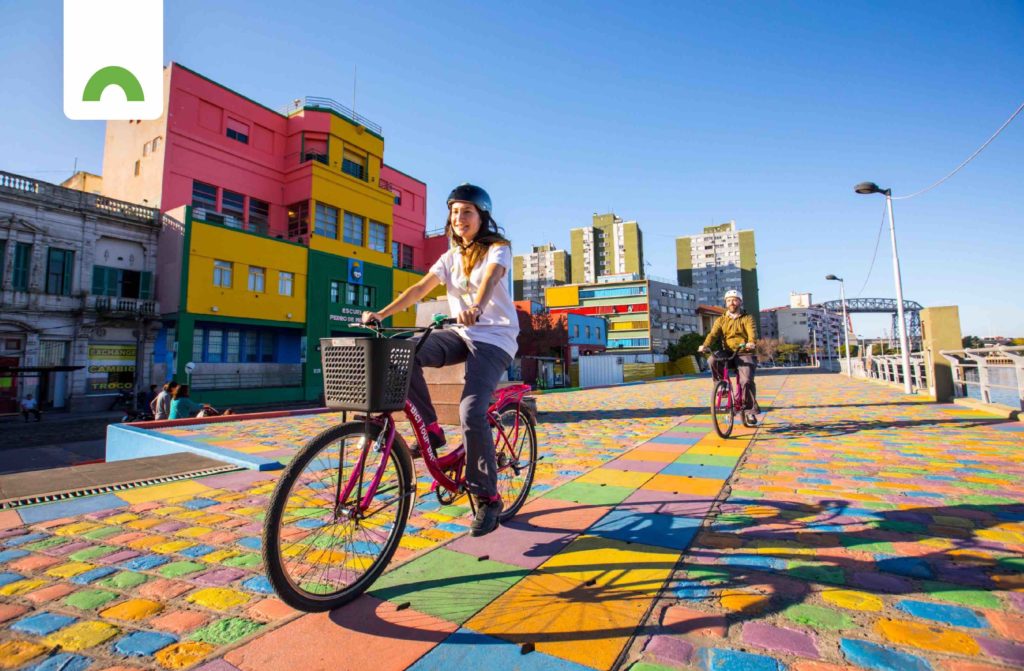The desire to travel is closely connected to the soul, the stuff of fantasy and spiritual magic.
You have the privilege of managing the experience and practical requirements by helping your client navigate the five stages of the travel buying journey.
Understanding the journey
This used to be a linear process: the traveller would transition from research to transaction to experience, with limited access to information coming courtesy of traditional media, print and TV ads, paper brochures and coffee table books.
Choices were restricted to and guided solely by visits to and telephonic chats with their local travel agent. It was a time-consuming affair. That’s the past. The travel buyer journey is now cyclical, designed to reward your excellent service and constant presence with return business and referrals.
It starts with the desire to travel
The dream stage is triggered perhaps by a bucket list, a particular interest in a place or activity, curiosity or simply the impulse to move. Your target customer starts passively filtering through the media noise and clutter for relevant information.
Where are you in this moment? You could be on social media, plying them with some ideas through your content marketing.
This is also where scores of travellers share their pictures and stories. Being present here exposes you to an influential and suggestible space where you can research and identify trending interests, engage potential clients and tease them with inspiration. It’s an opportunity to pique that undecided curiosity.
In their search for inspiration, they often find a plethora of options, causing confusion. They may encounter differently priced options with potential scheduling challenges. It can turn something that should be fun into frustration. Where are you in this moment?
Your brand should be digitally well-placed to plant ideas in travellers’ minds. Consider that they may visit around twenty websites searching for travel content; so, design your website usability with the traveller in mind, to help them reach their goals. To be relevant to them, your presence must be backed up with reliable and informative, up-to-date content.
Presentation is everything. Spark that interest with a digital onslaught on the senses – it enables you to tell the story of whatever experience you’re selling. The more interactive the content, the more engaging and effective.
Refer to Beauty-in-focus to remember why visual storytelling matters. Speaking of blogs, why not write your own to showcase your experiences? Blog content can help drive your objectives and impress upon your audience that it’s about them, not your sales figures.
Travellers shop with their eyes. Decisions about travel are emotional. So, seduce them with emotive, visually compelling and mobile-friendly content. The stats don’t lie.
65% use video when thinking about taking a trip. 48% when thinking about the type of trip to take. 67% consult it when choosing a destination.
Dr Bernd Fauser
Access makes the decision easier
Moving from desire to expectation, your client will want credible advice on how to make the dream a reality. They need reassurance from a reliable, knowledgeable source within the trade (that’s you). Research will commence on a smartphone and likely continue on another device in the planning stage. Once they feel secure that they’ve collected the info they need, it’s decision time.
According to a recent Google UK study, desktop computers currently dominate the booking stage. Speed matters and consumer sophistication necessitates a low friction online experience.
Research shows that a third of holidaymakers used two or more devices when researching their most recent holiday and only 17% of holidaymakers who carried out research on their smartphone also used the device to book.
Deloitte
Where are you in this moment? Optimise your website for mobile for a smooth, seamless user-experience. This keeps them browsing your site rather than shopping elsewhere. Add a ‘sign up’ form to your website and sales collateral, or a ‘book now’ option, to make that action easier to take. Direct contact with you will make the client feel like they have a digital personal assistant making life easier for them.
The pleasure of anticipation
The hardest part done, your client can now prepare and look forward to travel. They will think about the finer details of their itinerary, sites to visit, restaurants to try, how to get around… This is when gathering important travel documentation, and vouchers happens. Where are you in this moment?
You should provide all her travel info for easy consumption on her mobile device, both on- and offline, also enabling them to familiarise themselves with the destination and available activities.
81% of UK smartphone users have looked for local information while travelling.
Google UK
All the magic culminates in the travel stage
Vacillating between stress and excitement, the traveller surrenders to your advice and expertise, and evaluates whether the actual experience reflect the planning that went into the trip. There may be problems, or everything will go smoothly. Either way, they will take photos and videos, and post them on social media. Where are you in this moment?
If all goes to plan and your planning was spot on, you’ll be present in every fun moment and memory created. If anything goes wrong, making yourself available to assist can mean the difference between their returning to you for their next trip, or not.
In the post-travel stage, your client will report back on the trip. Where are you in this moment?
Invite them to share their experiences, even their tour itinerary, on your website or social media platforms, and advocate for your brand. People love talking about their travels, so show your interest. Ask them for restaurant recommendations, advice on what did and didn’t work on their trip and use the info to build on your offerings.
The cycle is complete when their experience and feedback help other potential clients decide where to go, what to do on their next trip, and to book with you.


Would you like to share your thoughts?
Your email address will not be published. Required fields are marked *